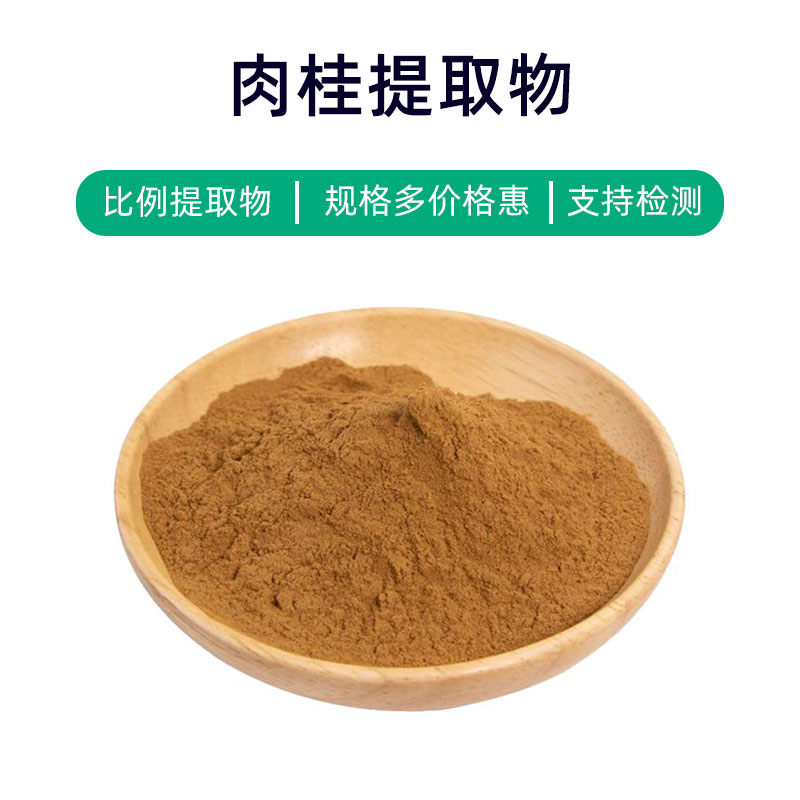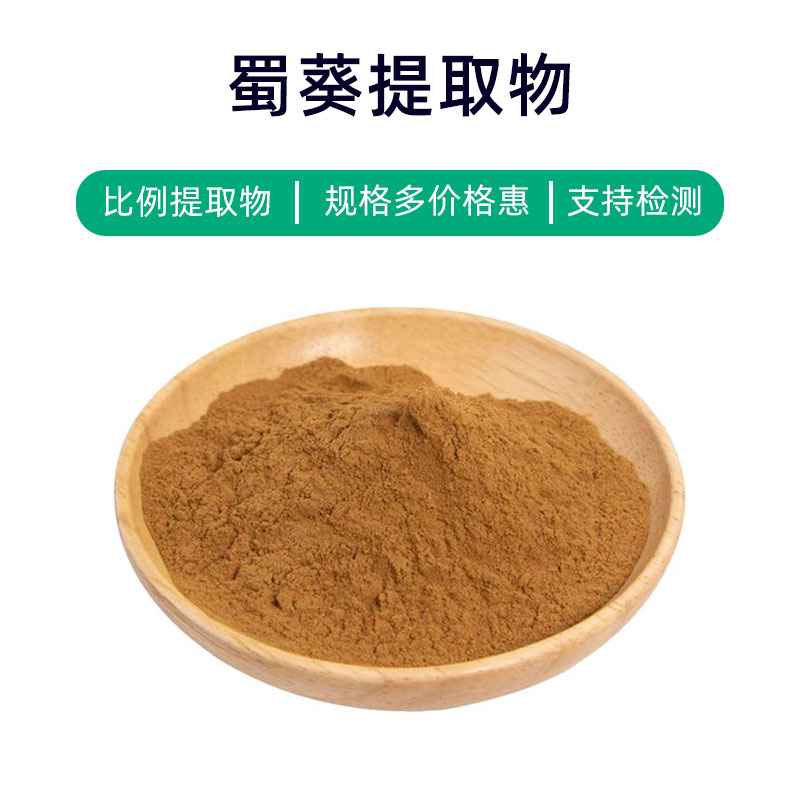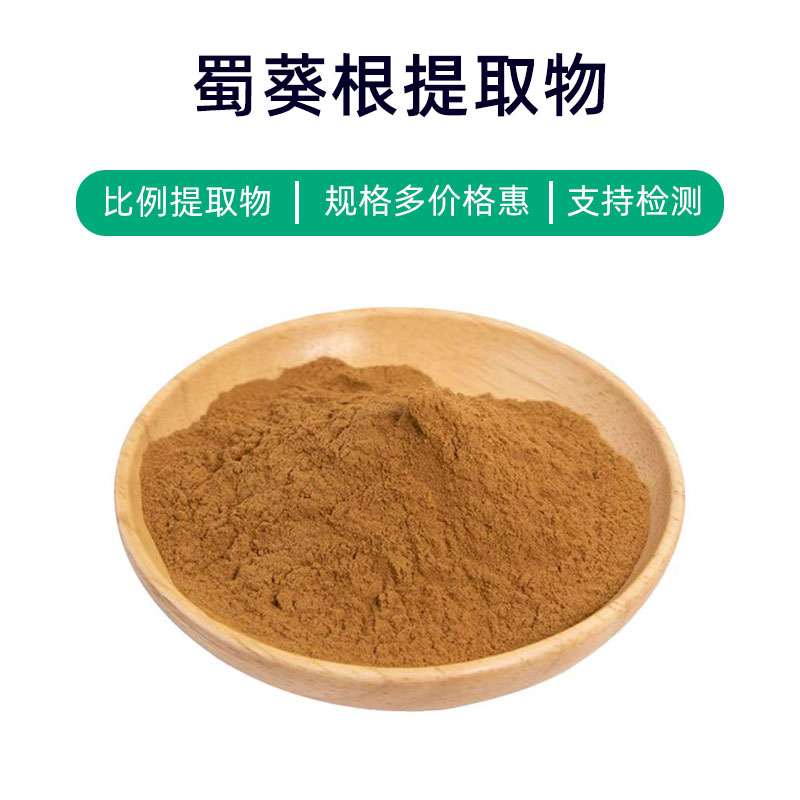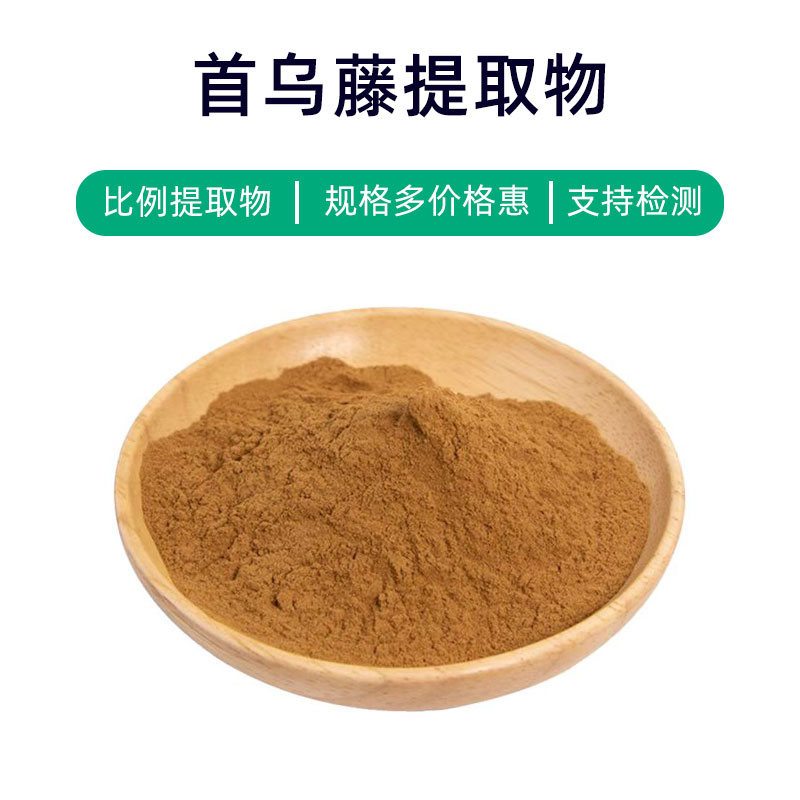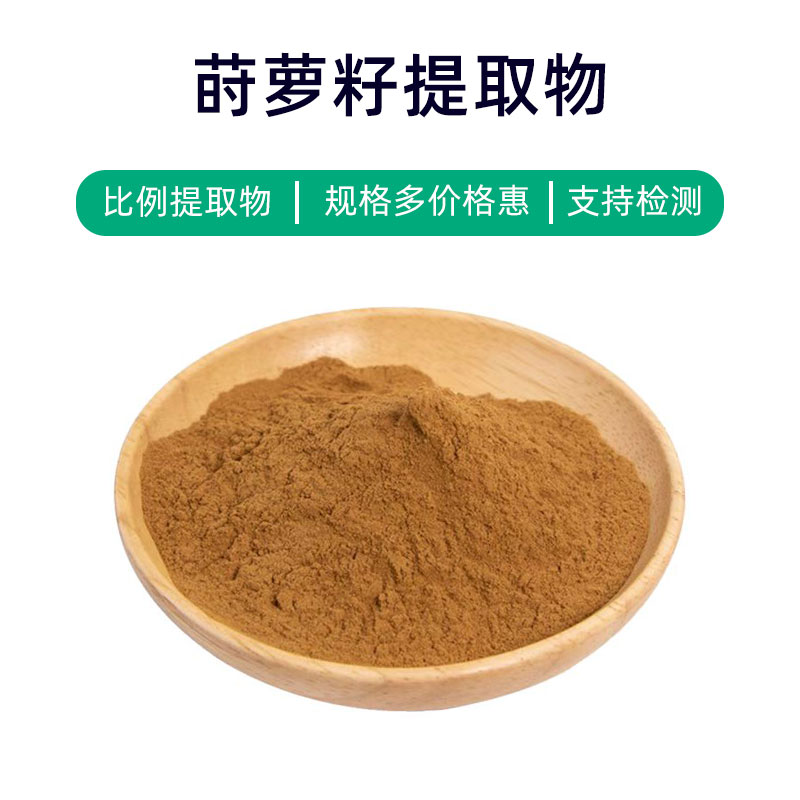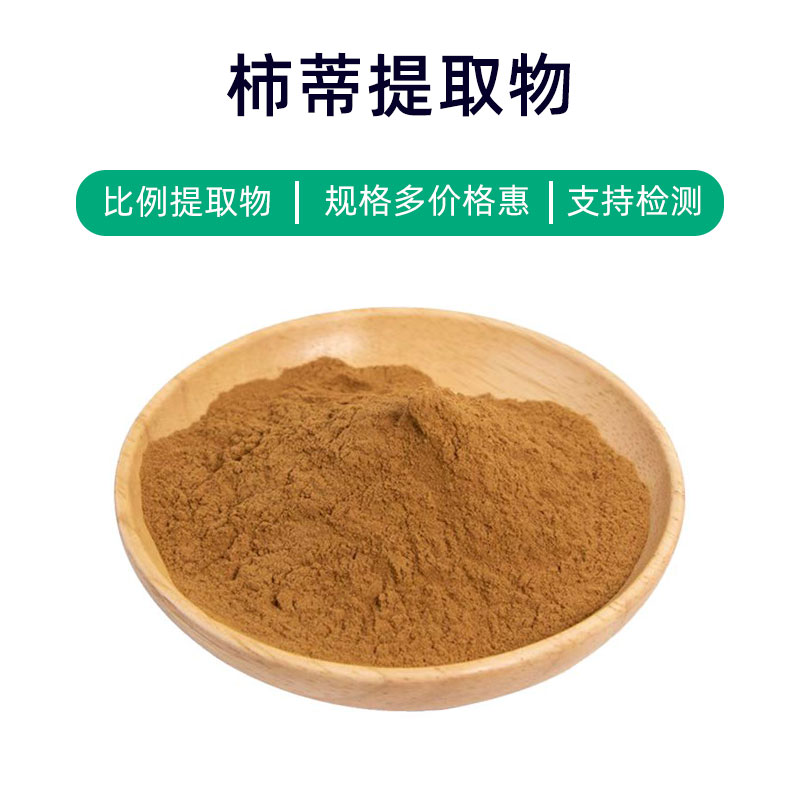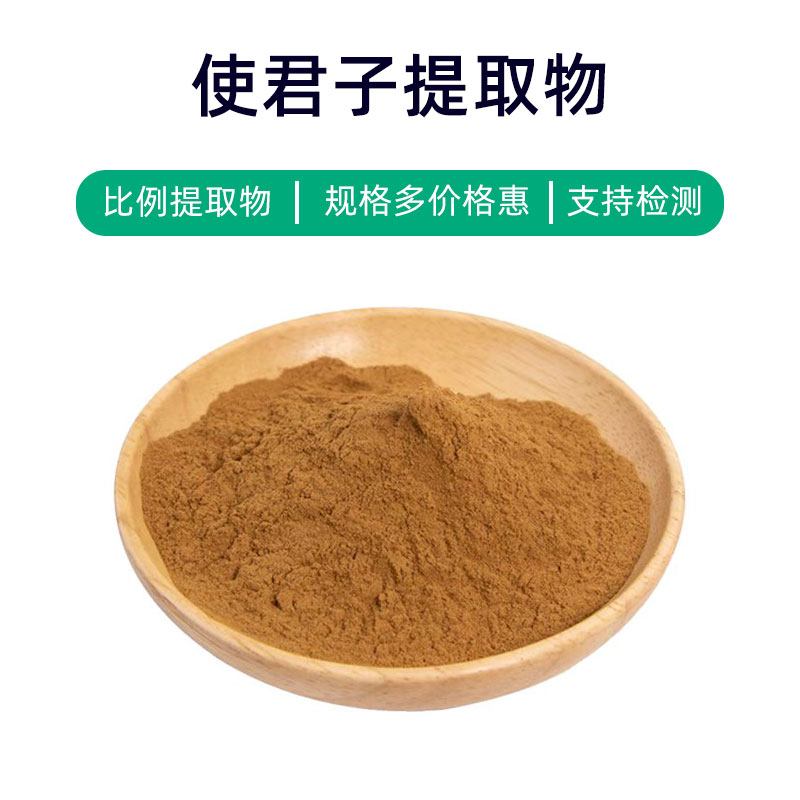Product Introduction
Cinnamon extract is derived primarily from the bark of the Cinnamomum verum tree, widely known as true cinnamon or Ceylon cinnamon. The extract is rich in several bioactive compounds, including cinnamaldehyde, eugenol, and various flavonoids, which contribute to its unique flavor and potential health benefits. This extract is commonly used in dietary supplements and food products, primarily for its aromatic qualities and purported health-supportive properties, such as antioxidant and anti-inflammatory effects.
Production Process
The production of cinnamon extract involves careful harvesting of the inner bark of the Cinnamomum verum tree. The bark is dried and then ground into a powder. This powder undergoes extraction using solvents like ethanol or water to isolate the active components. After extraction, the solution is filtered and concentrated to obtain a standardized extract, followed by drying to create the final powdered form.
Product Functions and Effects
Cinnamon extract is recognized for its potential health benefits, which include antioxidant properties, regulation of blood sugar levels, and support for cardiovascular health. Research indicates that cinnamaldehyde, one of the predominant compounds, may play a role in increasing insulin sensitivity and reducing inflammation. Additionally, the extract may have antimicrobial properties, making it valuable in both food preservation and health applications.
Product Application Scenarios
Cinnamon extract finds application in various industries, particularly in dietary supplements aimed at promoting overall wellness. It is also used to enhance flavor in food products, such as baked goods, beverages, and sauces. Further, the extract is becoming increasingly popular in cosmetics and personal care products due to its pleasing aroma and potential skin benefits.
Plant Source
Cinnamon extract is sourced from the bark of the Cinnamomum verum tree, which is native to Sri Lanka but is also cultivated in other regions. The quality of cinnamon varies based on its geographic origin, with Ceylon cinnamon being preferred for its sweeter flavor and lower coumarin content compared to Cassia cinnamon.
Packaging and Storage
Storage Conditions: Store in a sealed, light-proof container, away from high temperatures, in a dry, cool, and well-ventilated place.
Packaging: Bulk: 25kg/fiber drum; Sample: 1kg/aluminum foil bag; Custom packaging available upon request.
Shipping Methods: FedEx, DHL, dedicated logistics, and sea freight consolidation.
Shelf Life: Two years
Monica Sun is a seasoned expert in the plant extraction industry with over a decade of experience in research and production. She specializes in the extraction and purification of plant active ingredients, focusing on driving innovation in natural product applications. Monica has participated in the development of multiple functional plant extracts, delivering high-value natural raw material solutions for the health food, pharmaceutical, and dietary supplement sectors.

